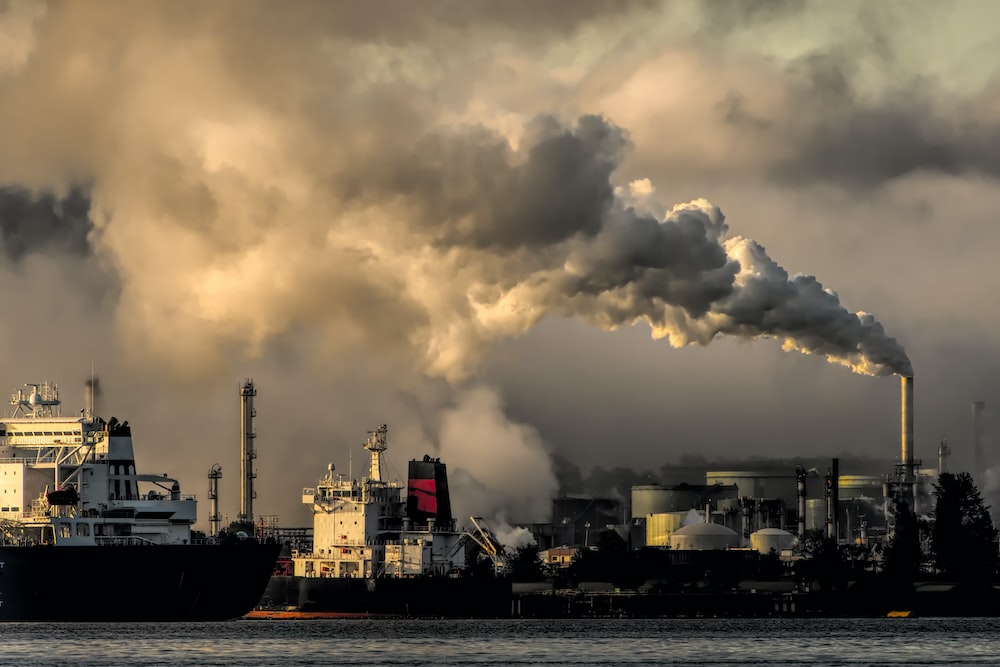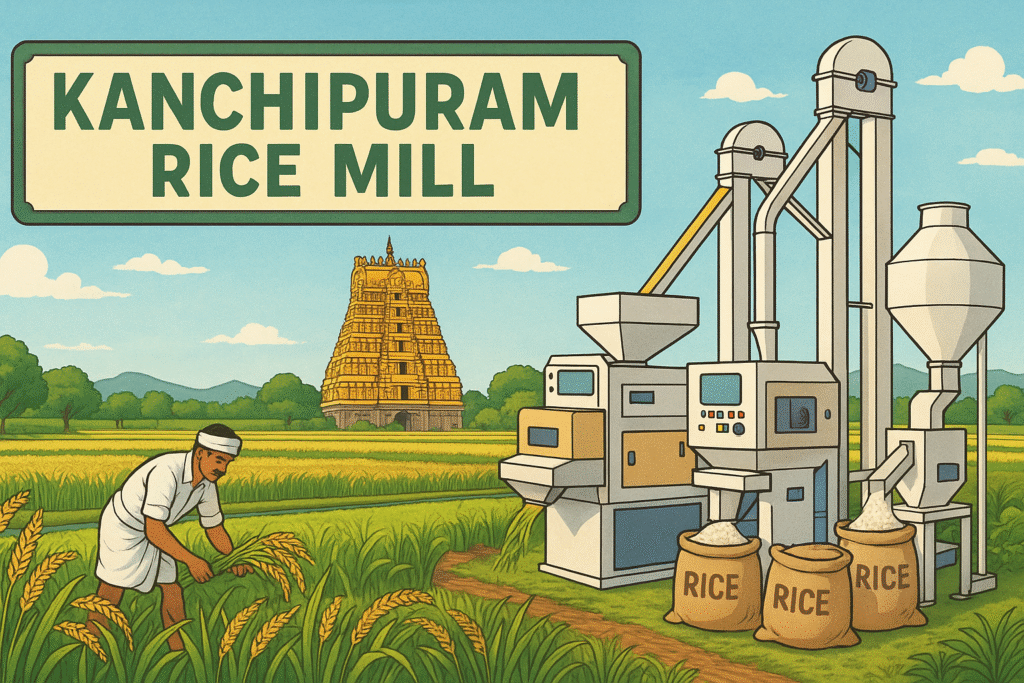Unveiling the Culprits: Identifying India’s Leading Air-Polluting Industries

In the vibrant tapestry of India’s industrial landscape, a sobering truth persists: air pollution remains a pressing concern, impacting both the environment and public health. As a nation that embraces rapid industrialization, India finds itself grappling with the consequences of growth, as certain industries inadvertently contribute to the degradation of air quality. In this exploration, we delve into the top air-polluting industries in India, shedding light on their significant role in the country’s air pollution woes. While the situation is dynamic and ever-evolving, understanding the historical and current landscape of these industries can help pave the way toward cleaner and more sustainable practices. Join us as we uncover the realities behind India’s air pollution, industry by industry.
- Power Plants: Thermal power plants, especially those using coal as a fuel, are significant sources of air pollutants like sulfur dioxide (SO2), nitrogen oxides (NOx), and particulate matter.
- Industrial Manufacturing: Industries such as cement, steel, and chemicals emit large amounts of pollutants due to energy-intensive processes and the combustion of fossil fuels.
- Transportation: Vehicle emissions, particularly from diesel-powered vehicles, contribute to air pollution in urban areas. These emissions include nitrogen oxides, particulate matter, and volatile organic compounds.
- Construction Activities: Dust generated from construction sites, especially in rapidly developing urban areas, contributes to particulate matter pollution.
- Mining Operations: Mining activities release dust and pollutants into the air, including particulate matter and heavy metals, especially in regions with extensive mining operations.
- Refineries: Oil refineries emit pollutants such as sulfur dioxide, nitrogen oxides, and volatile organic compounds during the refining process.
- Brick Kilns: Traditional brick-making methods involve burning large quantities of coal or wood, releasing significant amounts of particulate matter and other pollutants.
- Textile Industry: The textile industry can emit pollutants from dyeing, printing, and finishing processes, contributing to air pollution.
- Chemical Industry: The chemical manufacturing process can lead to the release of volatile organic compounds (VOCs) and other hazardous substances.
- Waste Management and Landfills: Open burning of waste and inadequate waste management practices can release pollutants into the air, including particulate matter and toxic gases.

Conclusion
The journey through India’s air-polluting industries reveals a complex tapestry of challenges and opportunities. As we’ve navigated the top contributors to the nation’s air pollution, it becomes clear that the pursuit of industrial growth must be harmonized with environmental stewardship. While these industries have historically played a role in the deterioration of air quality, they also hold the potential to be catalysts for change.
India’s efforts to combat air pollution are not confined to a single sector or solution. The collective responsibility lies in adopting innovative technologies, enforcing stricter regulations, and fostering a shift in mindset across industries. The power of sustainable practices, cleaner technologies, and responsible waste management cannot be underestimated. As industries adapt and evolve, they can transition from being part of the problem to becoming champions of a cleaner future.
The story of India’s air-polluting industries is not one of despair, but of determination. It’s a narrative that speaks to the resilience of a nation striving for development without compromising the well-being of its people and environment. The course ahead demands collaboration between government bodies, industries, and citizens alike. By recognizing the challenges and embracing the opportunities, India can rewrite its industrial narrative, ensuring that progress is synonymous with a breath of fresh air for generations to come.







